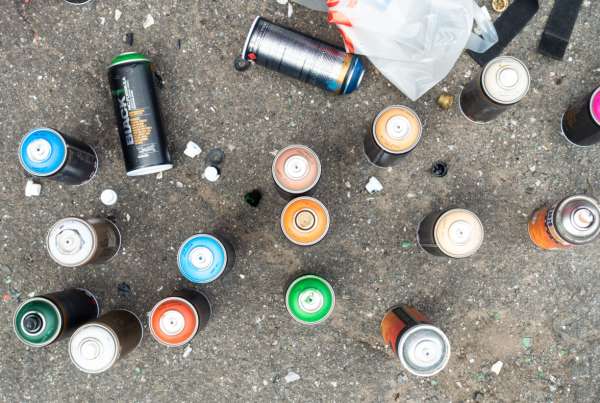 When the manufacturers of OxyContin changed their formula in 2010 to lesson its potential for abuse, I don’t think they intended to drive addicts to use other drugs. Unfortunately, that’s what happened. As a result of OxyContin’s new formula being harder to snort or inject, addicts ultimately flocked to the streets. The unfortunate drug of choice: heroin—because it’s easier to obtain and cheaper than its pharmaceutical counterpart.
When the manufacturers of OxyContin changed their formula in 2010 to lesson its potential for abuse, I don’t think they intended to drive addicts to use other drugs. Unfortunately, that’s what happened. As a result of OxyContin’s new formula being harder to snort or inject, addicts ultimately flocked to the streets. The unfortunate drug of choice: heroin—because it’s easier to obtain and cheaper than its pharmaceutical counterpart.
Dr. Theodore Cicero, professor of neuropharmacology in psychiatry at Washington University, and the principal investigator for a three-year research study of OxyContin use noticed a significant drop in OxyContin use after its formula change. In fact, “Respondents indicating OxyContin as their primary drug of abuse dropped from 35.6 percent at the start of the study to 12.8 percent now.” Further, the number of subjects who stated they’d used OxyContin to get high at least once in the last 30 days “fell from 47.4 percent to 30 percent.” Unfortunately, the Washington University team found that their respondents’ use of heroin grew from 5 percent to 15 percent—these numbers nearly tripled during that same 30-day period!
Addicts and drug abusers had clearly moved to the streets, the suburbs, and to heroin. They have essentially migrated toward a drug that is easier to inject or snort, much like the old formulation of OxyContin. Dr. Cicero compared drug abuse to a “large balloon.” He explains it thusly, “You press in one area, and the volume doesn’t decrease, it just simply moves to another spot.” This analogy fits well here as we look at the decline in OxyContin use and the increase in heroin use. As Dr. Cicero’s analogy deftly points out, the Oxy problem hasn’t really been solved; it has just been diverted.
While OxyContin is regulated and easily identifiable, heroin is not. In a weird way, you know what you’re getting with Oxy. But let’s be honest, anytime we put something in our arm or in our noses in an effort to alter our mind and body, we are playing the part of lab rat. Heroin is a problem: it’s unpredictable from one source to the next – sometimes it’s nearly pure, increasing one’s potential for an overdose.
The bottom line is the overall increase in opioid use: this is troublesome and growing into an epidemic. While we can treat addicts when they’re ready, how can we prevent addiction or abuse in the first place? Let’s start the conversation before it becomes a problem, taking preventative measures during the early years of our children’s lives: that perfect time when they’re just starting to dip their toes in the burgeoning years of curious adolescence.










